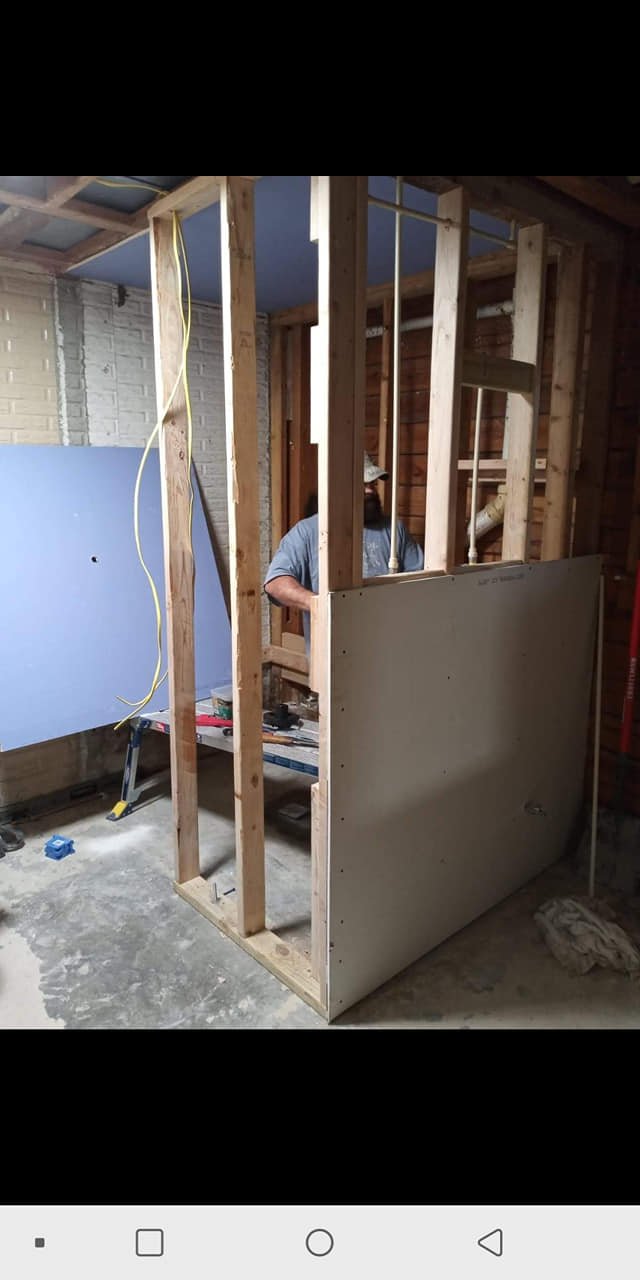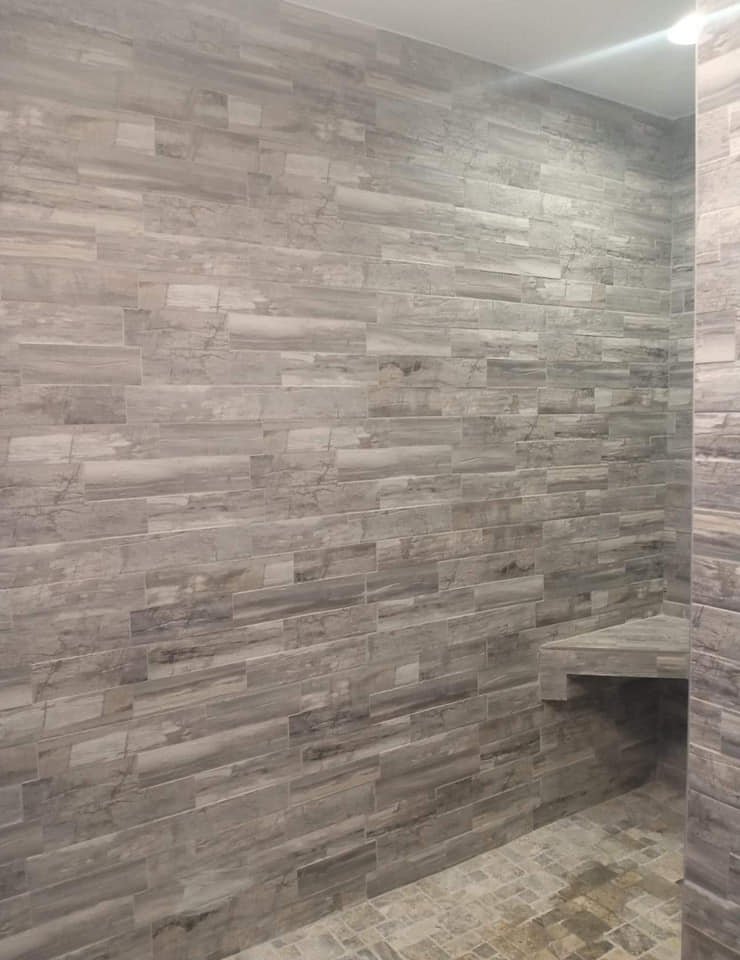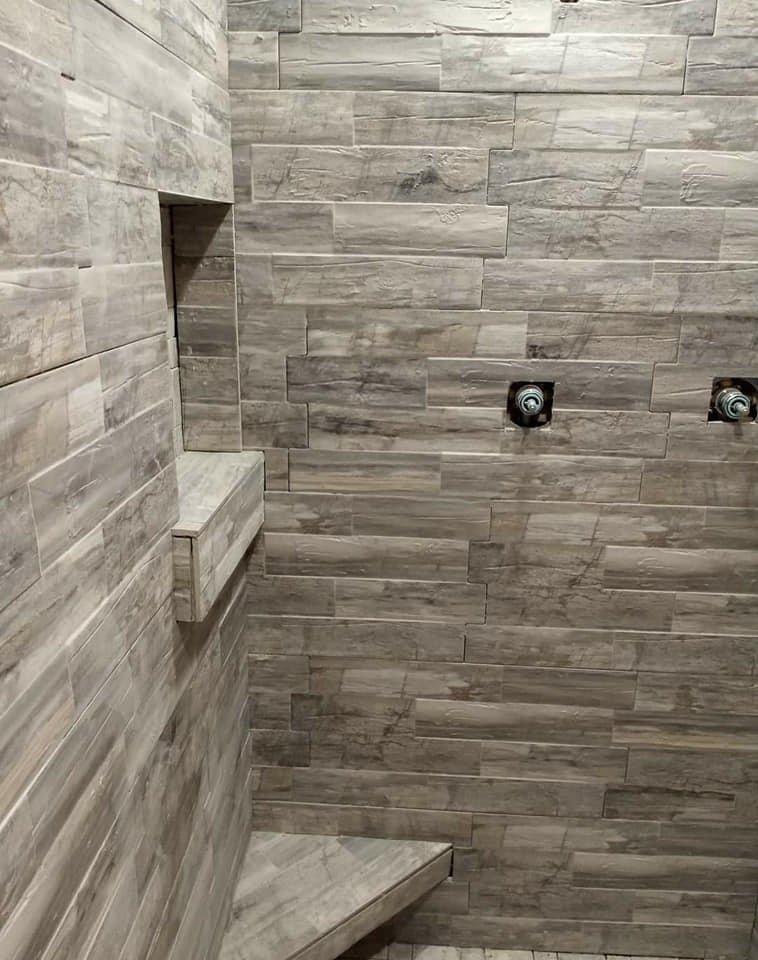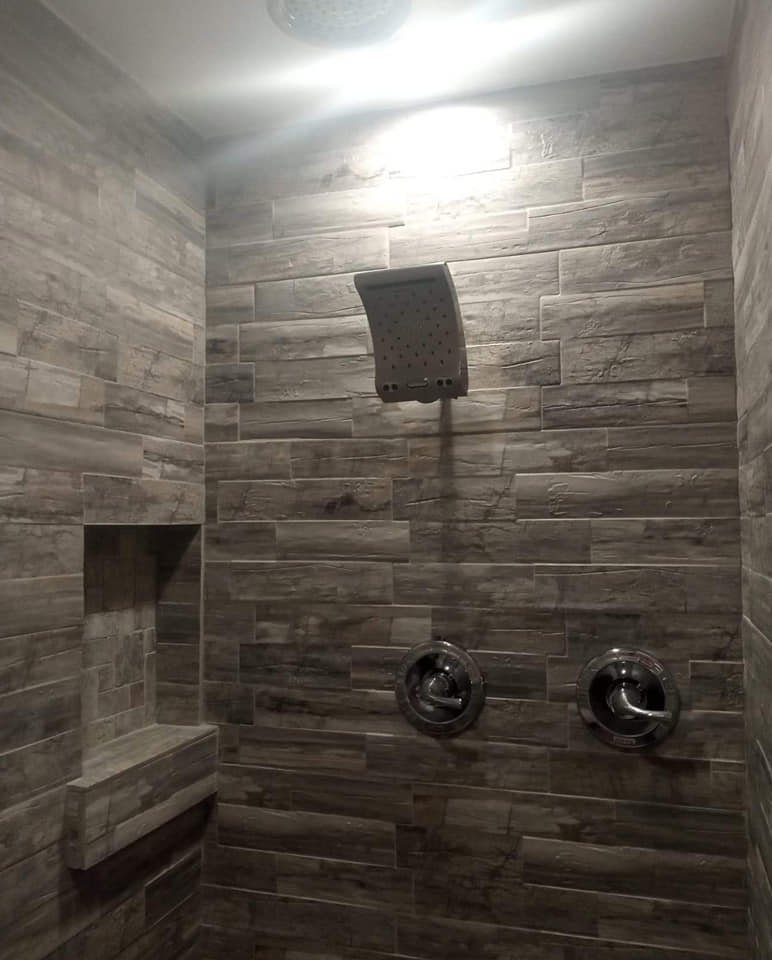
Know the process
A walk-in shower remodel begins with a comprehensive consultation to understand the client’s vision, preferences, and any specific requirements. During this phase, measurements are taken, and design options are presented, including tile selections, fixtures, and layout configurations.
Next, the old shower is carefully removed. This includes disconnecting plumbing fixtures and demolishing the existing walls or enclosures. The space is then inspected for any underlying issues such as water damage or mold, which are addressed before the installation of the new shower begins.
Once the area is prepared, installation starts with the plumbing work to ensure proper water flow and drainage. This usually involves repositioning or upgrading pipes in line with the new design. After the plumbing is assessed, a waterproof membrane is installed on the shower floor and walls to prevent leaks.
Following waterproofing, the framing for the shower varies based on design choices. If a bench is part of the remodel, it is constructed at this stage. Then, tiles, whether ceramic, porcelain, or stone, are meticulously laid out. This process requires precision to ensure a level surface and uniform grout lines. Once the tiles are set, the grout is applied, followed by sealing to enhance durability and water resistance.
After the tiling is complete, fixtures such as showerheads, controls, and storage elements like shelving or niches are installed. Proper sealing and caulking around joints and connections are performed to prevent moisture intrusion.
Finally, finishing touches are added, such as lighting, mirror installation, and any decorative elements to enhance the space’s aesthetics. A thorough cleanup follows to remove any construction debris. Once completed, the remodel not only improves functionality but also exceeds the initial vision, providing a modern and inviting walk-in shower experience.
Post-remodel, homeowners are often advised on maintenance and care to preserve the longevity and appearance of their new shower space. The outcome should combine practicality with style, significantly enhancing the overall bathroom experience.







